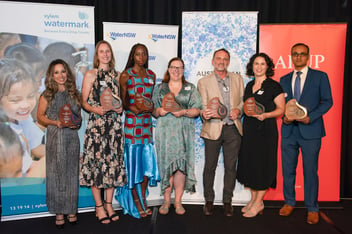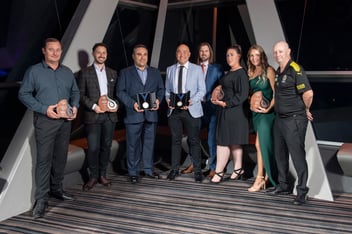View from space provides insights for water management
Satellite imagery has the potential to help improve Australia’s water management, providing a way to track how water moves through the landscape and changes over time.
Geoscience Australia’s Digital Earth Australia (DEA) initiative is the national custodian of Australia’s satellite data, which is delivered as often as every three days by two satellite programs: the US Geological Survey’s Landsat program and the European Space Agency’s Sentinel-2.
DEA cleans this data to make it ready for analysis – removing clouds and accounting for the time of year and sun angle, etc. – and builds scientific code that can analyse the images.
This includes the Water Observations from Space project, which is the world’s first continent-scale map of surface water. It provides images and data that show where water has been seen in Australia from 1987 to the present.
“Using this data, you start to build up a really rich understanding of where water is in the landscape, and how it changes and moves over time,” DEA Assistant Director of Product Development Dr Claire Krause said.
“You can look at where water is repeatedly seen and where it traditionally pools or naturally is, which is helpful when trying to manage water in the landscape.”
DEA has also collaborated with the New South Wales (NSW) Government to map every water body across the state. This information is then used in the monthly NSW Seasonal Conditions Outlook, published by the Department of Primary Industries, to help understand stock water availability.
“At any single point in time, we can tell you how much water, relative to its fullest extent, is in all of those water bodies,” Krause said.
“It provides an indicator of drought severity … and is a useful tool for farmers to understand where they have water and where they might need to supplement their supply.
“It’s a by-product of what we’d originally produced, but it’s a really practical use case of the data we’ve produced.”
Krause is giving a keynote speech at the upcoming ACT Water Matters Conference and said she wants the water sector to understand the wealth of satellite data that is available.
“Not only have we got interpreted products, but the resource in itself is pretty exciting for people who have their own questions they want to answer,” she said.
“It’s free to access and it’s open-source, so you can do anything with it.”
Claire Krause will discuss how satellite imagery can be used for water management at the ACT Water Matters Conference on Thursday 20 June. To learn more and to register, click here.



